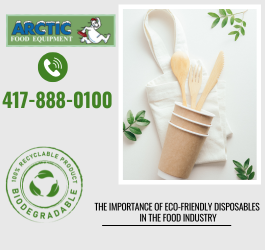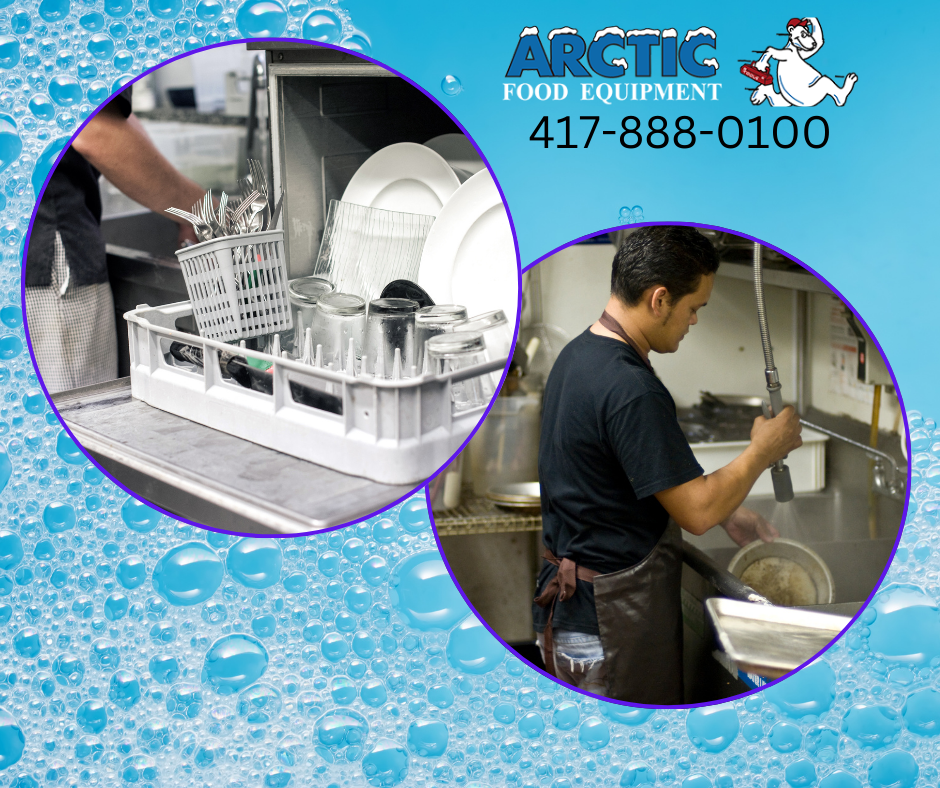It’s a New Year, which means new commercial kitchen trends to consider investing in. This year though, we’re thinking about viewing the trends in a different way. Let’s look beyond them and focus on what is best for your kitchen in the long term. After all, there’s no better way to adapt to what your customers will want than by building a kitchen comprised of flexible, durable, and trend-proof equipment.
Here are four ways to make it happen.
1. Buy Equipment That Will Last
Before buying a new piece of kitchen equipment, ask yourself this question: Will this appliance stand up to the test of time?
If the answer is ‘not for long’, or even ‘maybe’, don’t be afraid to change your approach. Thinking ahead when buying new equipment is always a great idea. And in a cash-strapped economic climate like we find ourselves in today, it’s essential.
You know how hard your equipment gets used. Under the best circumstances, ovens and processors take a beating. That’s why we usually advise our customers to save themselves the hassle and buy brands that last.
Why?
Typically, premium appliances can last years longer than the cheaper equipment. Premium appliances tend to have streamlined designs, built with components that last, while cheaper appliances may not be covered under a warranty, and might be made out of lower-quality parts.
So while the upfront cost savings may entice you to buy a cheaper oven (for example), you’ll end up paying more in the long run on maintenance and repairs. That’s why we always recommended buying from brands that offer good warranties and great after-sale support, as well as easy access to replacements, too. You never know when you might need them.
2. Multifunctional Equipment is King
Nothing is going to save you cash like buying multipurpose units for your kitchen. It’s one of the best ways to get the most out of your purchase when you’re working with limited kitchen space.
If you’re just starting a commercial kitchen, this is especially important. Multipurpose appliances allow you to fit more cooking capacity into a smaller operating space, which will cut down on overall operating costs. What’s not to love about that?
Here’s another way to look at it: The more you use a piece of equipment, the more it’s worth the upfront investment. That means looking into core pieces of equipment like durable combination ovens, which can tackle lots of tasks in a kitchen without taking up too much real estate.
In short: If you want to keep up with changing culinary trends, focus on buying equipment that’s adaptable.
3. Choose the Right Power Source
When it comes to deciding which power source is right for your new piece of equipment, there are a few things to consider. First, consider your location. If your kitchen is located in a rural area, propane might be the only cost effective power source available to you. If your business is located in more of an urban area, you may have more options, like electric or natural gas.
Electric appliances can be great. They’re clean, easy to install, and don’t require as many compliance checks when compared to gas appliances. Plus, their installation is simple—just plug them in. However, depending on your location, electric can cost more to operate, and the power requirements (3-phase, 220v, etc.) might be incompatible with your current kitchen setup.
Gas appliances are the longstanding gold standard. They offer fast, even heat, and precise temperature control. However, gas equipment usually requires involved safety compliance measures, as well as costly routine maintenance and inspection. And, keep in mind that installing gas appliances can get expensive.
4. To-Go Ordering is Here to Stay
While it may seem like to-go dining is destined to fall by the wayside once we’re clear of the pandemic, all signs point towards more permanent dine-out options at restaurants worldwide. And why not? Dining out is convenient for consumers.
But takeout isn’t the only trending alternative to seating customers in a booth. Services like Grubhub, DoorDash, and Uber Eats are turning many restaurants into take-out centers. You can prepare for the future of this trend by purchasing equipment that allows you to keep takeout orders warm, ready, and separate from your in-house service.
As everyone in the industry knows, it is competitive. You want to make sure you’re purchasing quality, durable kitchen equipment to help you stay ahead of your competition. So before you acquire your next piece of commercial kitchen equipment, give us a call to make sure you’re getting the most out of the purchase. We’re always happy to help.











